A Profound Legacy
Welcome to Historical Heritage, where we highlight elegance, history and regal stories every week. Take a small break from our loud existence and enter a world of quiet elegance.
The Legend of Eclipse, the Unbeaten Royal Racehorse
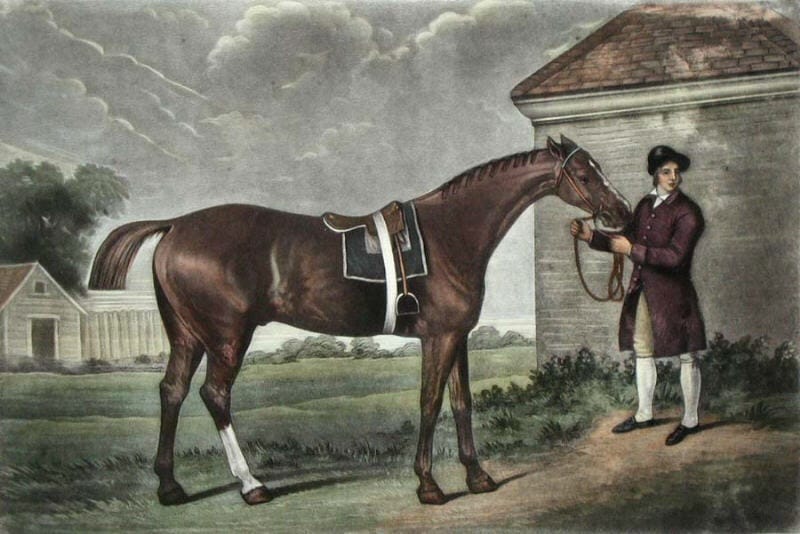
In 1764, during the reign of King George III, a chestnut horse named Eclipse was born on April 1st, the day of a solar eclipse. Named after this celestial event, Eclipse was bred by Prince William Augustus, Duke of Cumberland, the son of King George II. Though he never raced under the prince’s ownership due to the duke's death, Eclipse would go on to become one of the most celebrated horses in history.
Eclipse was purchased by a former meat seller named William Wildman, who recognized the horse's potential. Trained by an unorthodox but brilliant trainer, Eclipse made his racing debut as a five-year-old in 1769. It was late for a horse to start racing, but Eclipse quickly proved that he was no ordinary horse.
Unmatched Speed
Eclipse's speed was unmatched. In his first race at Epsom, he won by such a margin that the phrase "Eclipse first, the rest nowhere" became legendary. This phrase referred to the fact that the other horses were so far behind that they were "nowhere" near the finish line when Eclipse crossed it. He raced for two years, winning all 18 of his races without ever being seriously challenged.
Eclipse's dominance on the track was so absolute that it led to the introduction of "handicapping" in horse racing, where faster horses are given additional weight to carry in order to level the playing field. Despite his impressive career, Eclipse was retired to stud after just 18 races because no one dared to race against him anymore.
At stud, Eclipse's influence was even more profound. He sired numerous champions and is considered the foundation sire of the modern Thoroughbred. It is estimated that nearly 95% of today's Thoroughbreds can trace their lineage back to Eclipse. His descendants include legendary horses like Secretariat, Man o' War, and Frankel.
Profound Legacy
Eclipse’s legacy is not just in his unbeaten record, but in his role in shaping the bloodlines of modern racing. His story is a testament to the enduring connection between royalty, racing, and the pursuit of excellence that defines the sport to this day.
Thus, Eclipse, the royal racehorse, remains an immortal figure in the annals of horse racing history, celebrated for his unparalleled speed and his lasting impact on the Thoroughbred lineage.
This Week in History: The Opening of Chatsworth House to the Public
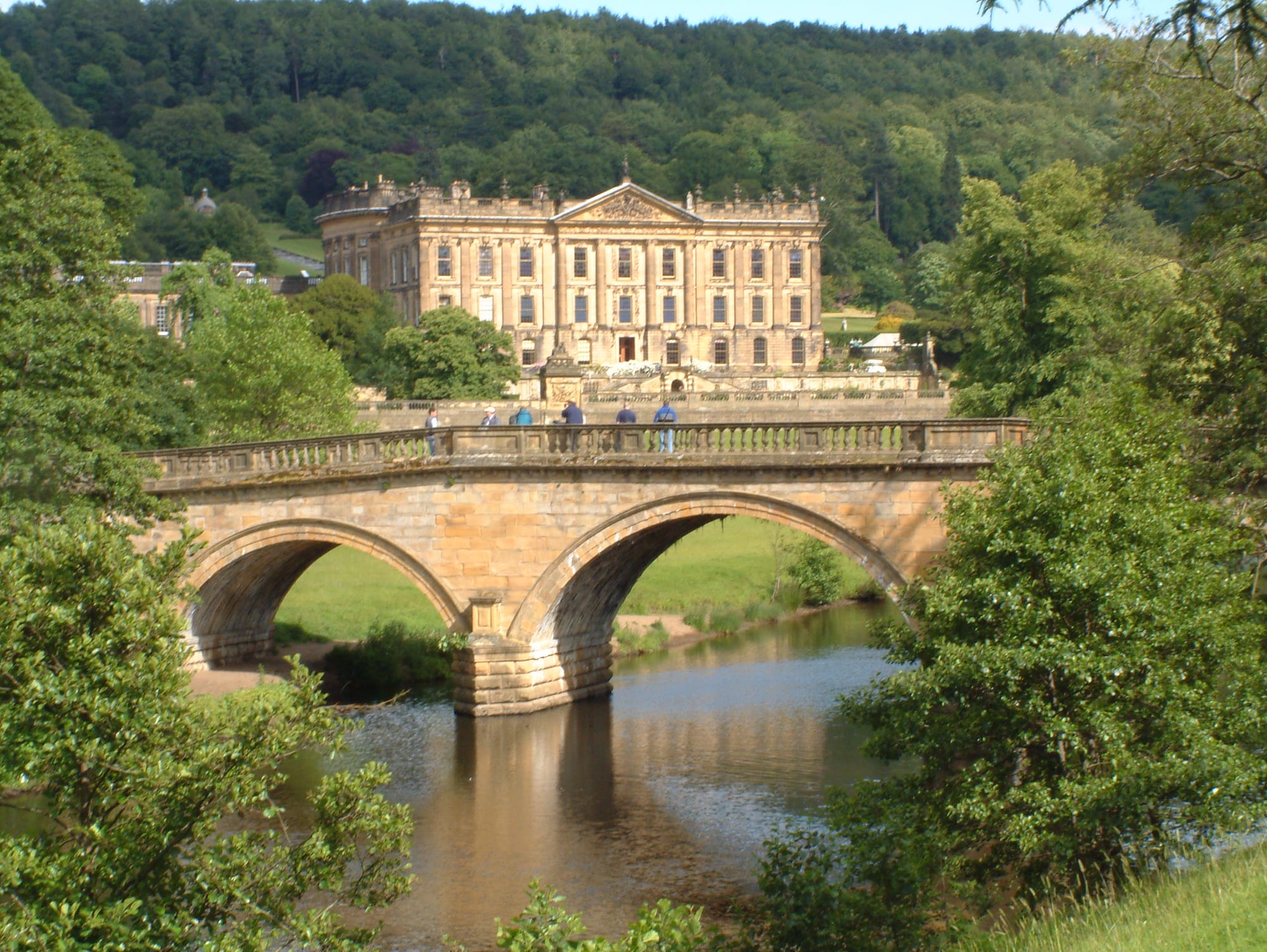
On August 29, 1949, Chatsworth House, one of England’s grandest stately homes, was officially opened to the public for the first time. Located in Derbyshire and home to the Dukes of Devonshire for centuries, Chatsworth House is renowned for its stunning architecture, vast art collection, and beautifully landscaped gardens.
The decision to open the house to visitors was made by the 11th Duke of Devonshire, who sought to preserve the estate's legacy and share its beauty with the public. This move marked a significant moment in the history of England's aristocracy, as many stately homes were struggling to maintain their properties after World War II due to high taxes and the loss of income.
A Now Public Estate
Opening Chatsworth House to the public allowed the estate to generate much-needed revenue while also giving people the chance to experience a piece of England’s cultural and historical heritage. The success of Chatsworth’s opening helped inspire other aristocratic families to do the same, leading to a broader trend of opening private estates to visitors.
Today, Chatsworth House remains one of the most popular historic houses in England, attracting hundreds of thousands of visitors each year who come to admire its art, history, and the beautiful Peak District surroundings.
Intriguing History: The Story of Highclere Castle Gin
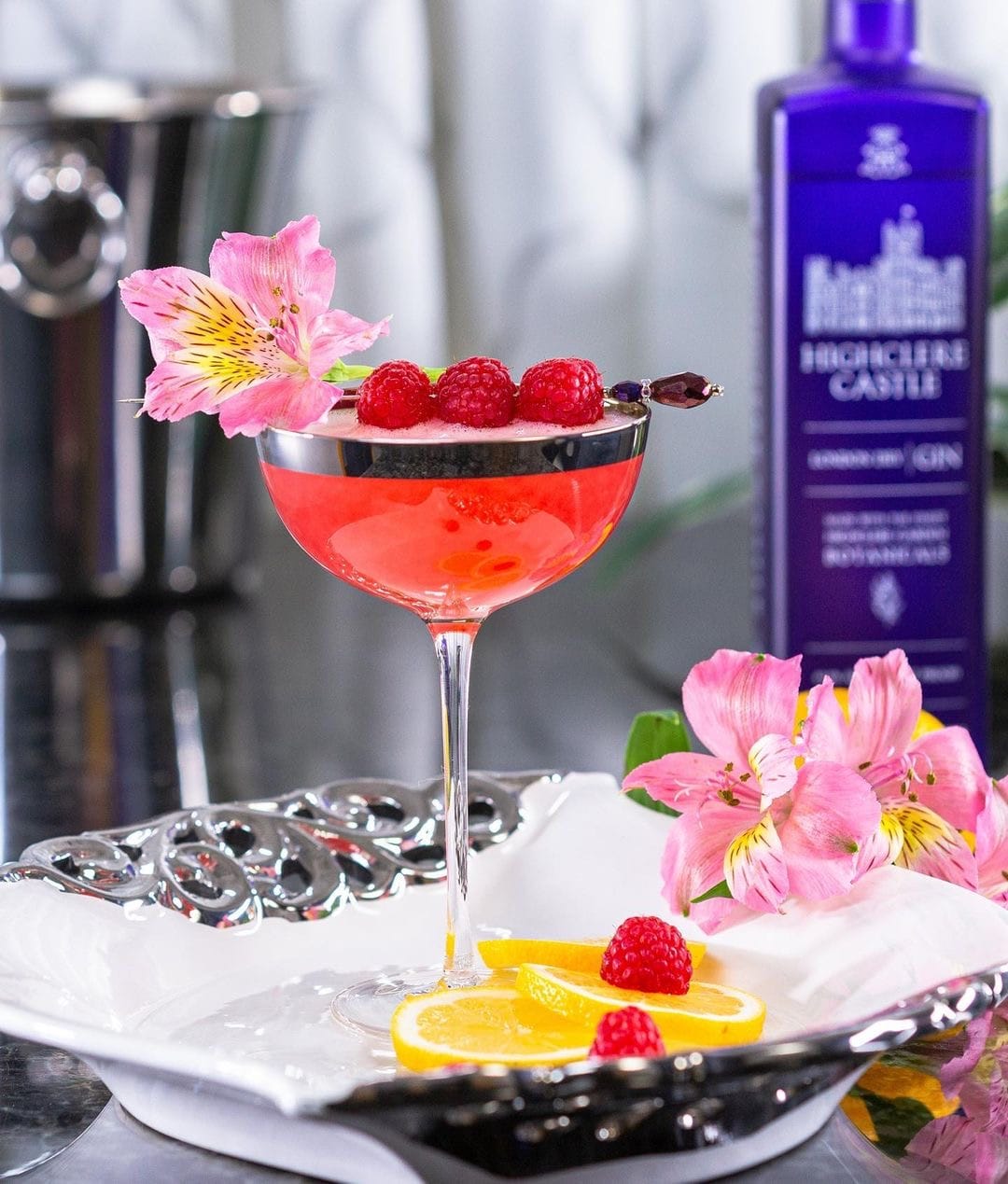
The idea for Highclere Castle Gin was conceived by entrepreneur, Adam von Gootkin who previously owned Onyx Moonshine located in Connecticut. von Gootkin launched Highclere Castle Gin with the 8th Earl & Countess of Carnarvon, who sought to create a spirit that embodied the grandeur and history of the castle. Highclere Castle, famously known as the filming location for the beloved television series Downton Abbey, is steeped in history, grandeur, and now, a world-class gin. The story of Highclere Castle Gin is a fascinating blend of heritage, craftsmanship, and the timeless elegance of the English countryside.
The Highest Level
The idea to create a gin at Highclere Castle was inspired by the castle's rich history of entertaining guests with the finest spirits. The estate, which has been home to the Carnarvon family for centuries, has long been known for its lavish parties, where gin has always played a central role. It was this tradition of hospitality that led to the creation of Highclere Castle Gin.
The gin is crafted using botanicals grown on the Highclere estate, some of which have been cultivated in the castle's ancient gardens for hundreds of years. Juniper, a key ingredient, is sourced from the estate’s land, along with lavender and lime flower, which add a unique and delicate flavor profile. The use of oats, also grown on the estate, gives the gin an exceptionally smooth finish, setting it apart from other spirits.
A Storied History

What makes Highclere Castle Gin truly special is its connection to the castle’s storied past. Each bottle is a tribute to the elegance and history of Highclere, capturing the essence of the English aristocracy and the opulence of the castle itself. The gin is distilled in England’s oldest gin distillery, using traditional methods that ensure the highest quality.
Since its launch, Highclere Castle Gin has garnered numerous awards, praised for its smoothness, balanced botanicals, and the luxurious experience it offers. It has become a favorite among gin enthusiasts worldwide, who appreciate not only its taste but the story behind it.
In every sip of Highclere Castle Gin, one can taste the legacy of the Carnarvon family, the charm of the English countryside, and the spirit of a bygone era. It’s more than just a drink; it’s a journey into the history and elegance of one of England’s most iconic estates.
Highclere Castle Gin is distilled from a blend of botanicals grown on Highclere Castle’s ancient estate including vibrant oranges from the Victorian Orangery.
A Brief History of British Castle Architecture

The architecture of British castles has evolved over centuries, reflecting changes in military technology, political power, and domestic needs. Here’s a concise overview:
Norman Castles (11th-12th Century)
The history of British castles begins with the Norman Conquest in 1066. William the Conqueror introduced the motte-and-bailey design, characterized by a wooden or stone keep on a raised earthwork (the motte), accompanied by an enclosed courtyard (the bailey). These early castles, like the Tower of London, were primarily built for defense and to assert Norman control over England.
Stone Keeps (12th Century)
As the threat of rebellion persisted, wooden structures were replaced with stone, leading to the development of stone keep castles. These featured massive, square keeps with thick walls and limited windows, designed to withstand sieges. The White Tower of the Tower of London is a prime example of this style, showcasing both strength and durability.
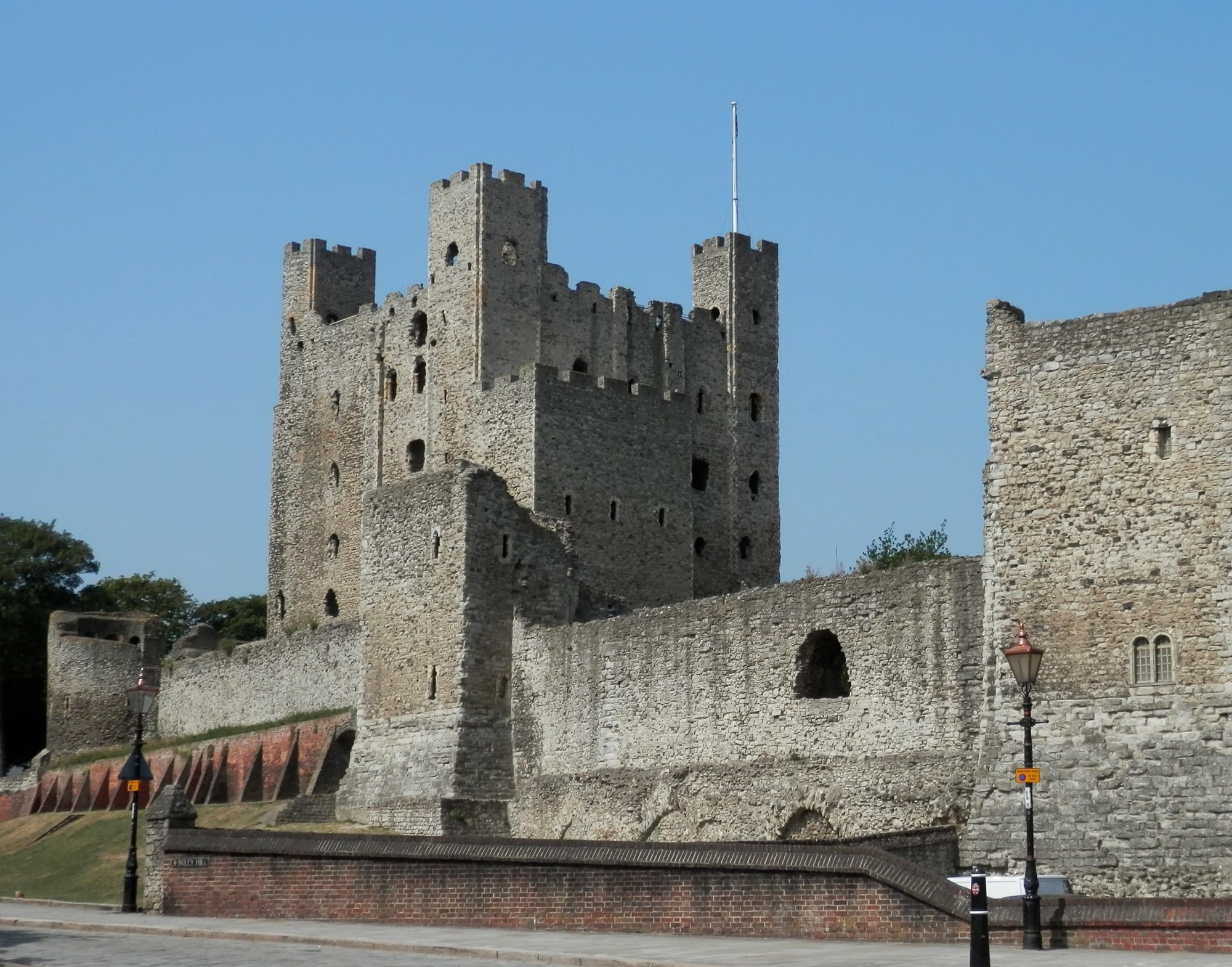
Concentric Castles (13th Century)
The 13th century saw the rise of the concentric castle, a more sophisticated form of defense. These castles had multiple layers of walls, one inside the other, allowing defenders to fall back to an inner stronghold if the outer walls were breached. Edward I's castles in Wales, such as Caernarfon and Beaumaris, are famous examples, combining military strength with grand design.
Late Medieval Castles (14th-15th Century)
By the late medieval period, the need for purely defensive castles diminished, and castles began to take on more of a residential role. Fortified manor houses emerged, blending elements of a castle with the comforts of a noble residence. Castles like Bodiam in East Sussex feature impressive defenses, such as a moat, but also have large windows, ornate interiors, and other domestic features.
Renaissance and Tudor Castles (16th Century)
During the Tudor period, the emphasis shifted further towards comfort and status. Tudor castles and great houses like Hampton Court Palace reflect this, with large windows, decorative brickwork, and expansive gardens. Defensive features became less important, and aesthetics and luxury began to dominate castle architecture.
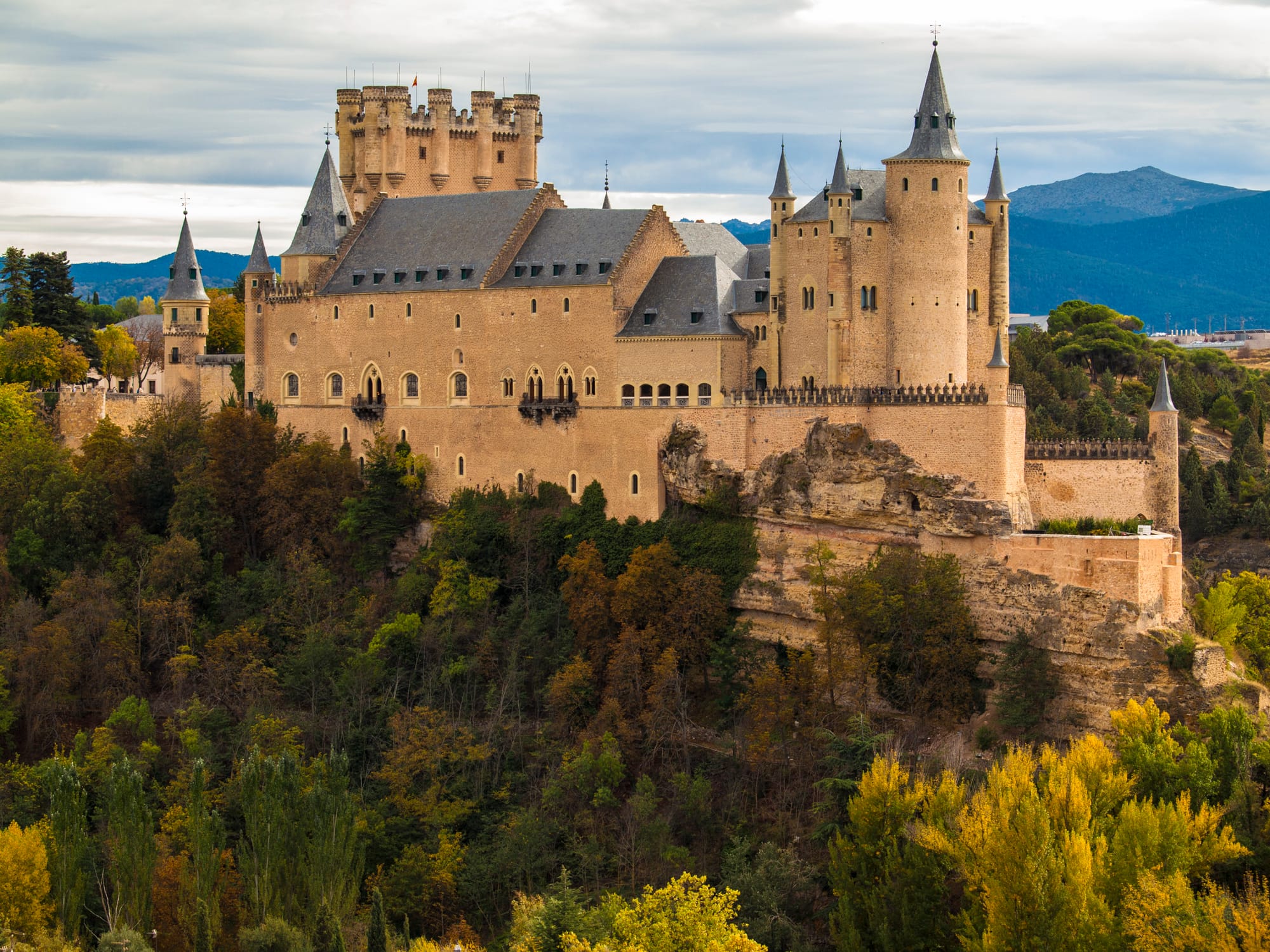
18th-19th Century: Gothic Revival and Romanticism
In the 18th and 19th centuries, there was a revival of interest in medieval architecture, leading to the Gothic Revival. Castles were built or remodeled with romanticized medieval features like turrets, battlements, and crenellations, even though they were no longer necessary for defense. Windsor Castle underwent significant Gothic-style renovations during this period, becoming a symbol of royal power and continuity.
Modern Era
Today, many castles have been preserved as historical monuments or transformed into private homes, hotels, or tourist attractions. Modern conservation efforts focus on maintaining their historical integrity while making them accessible to the public.
Throughout the centuries, British castles have transitioned from fortresses of power to symbols of heritage, each era leaving its mark on the architecture we admire today.
Love what we are doing here?
Stay subscribed for more next week as continue to improve and evolve this weekly mailing. As our audience grows, we will be able to start pulling in exclusive interviews and more in-depth story-telling.
Most importantly, we hope you enjoy this small weekly escape as much as we do!
The Eighth Inc. c/o Historical Heritage
46 Plains Road
Essex, CT 06426
©2024 Historical Heritage | newsletter@historical-heritage.com | Privacy Policy
